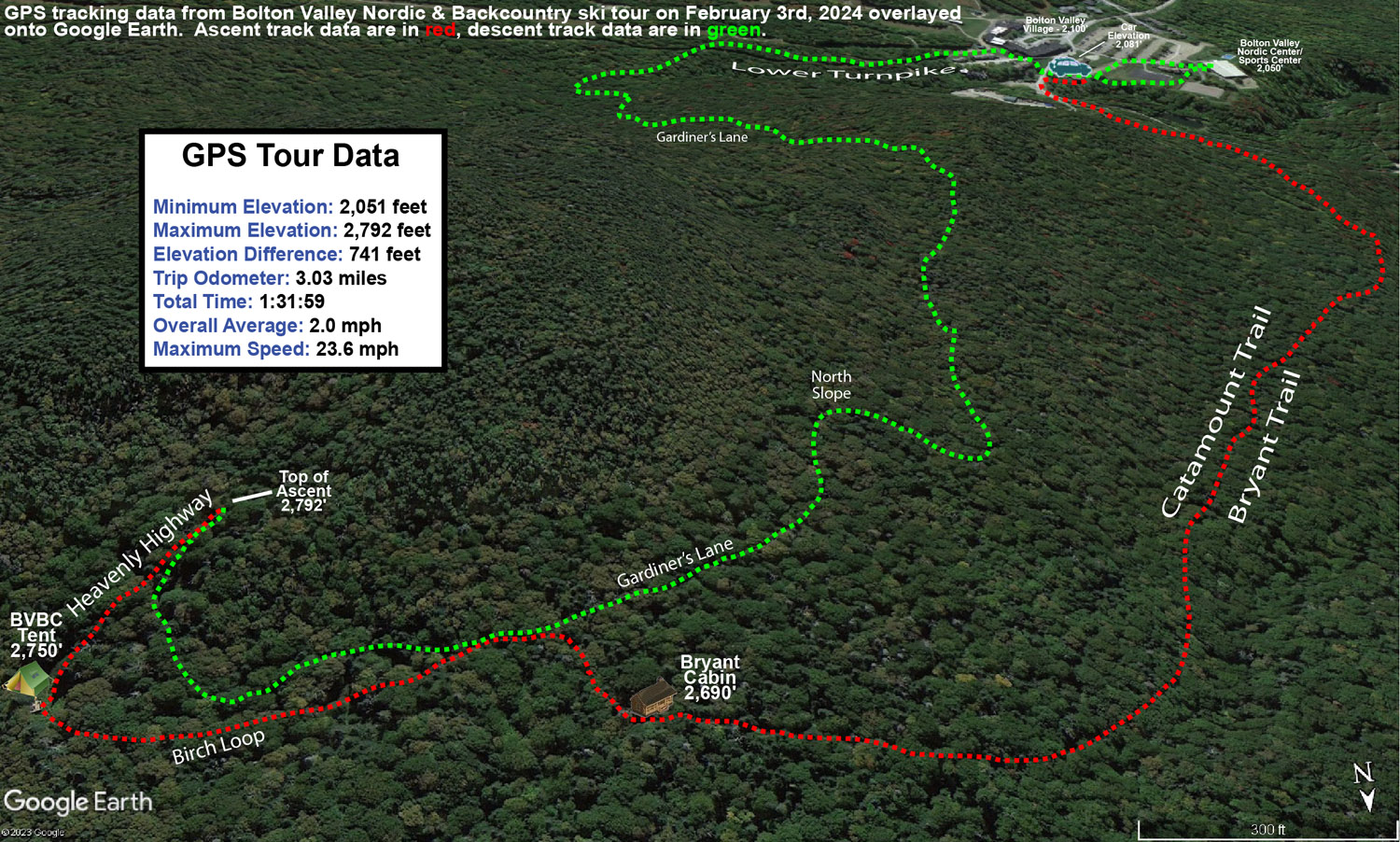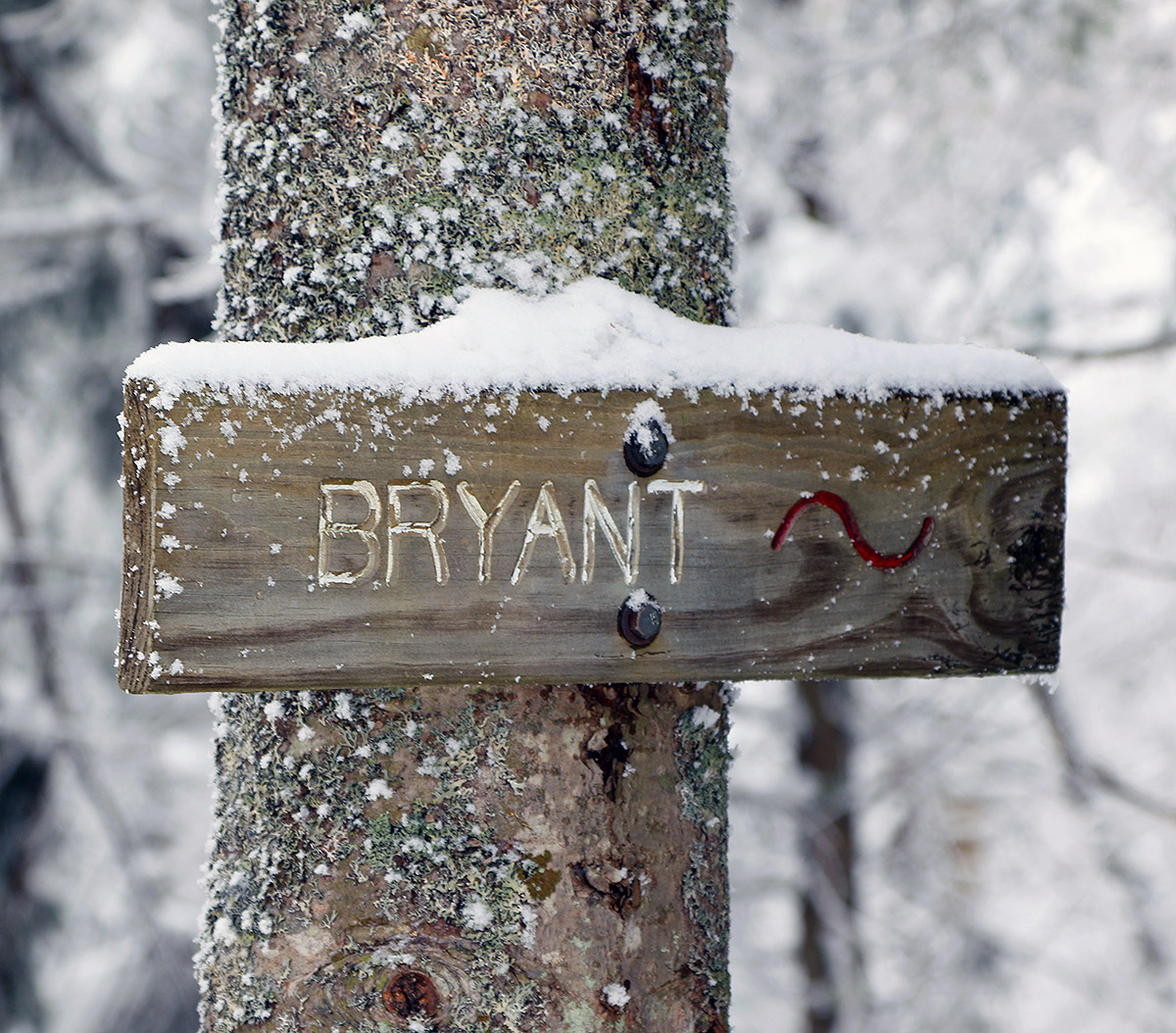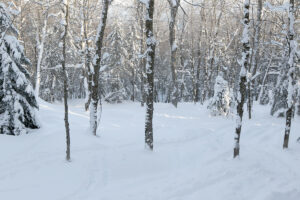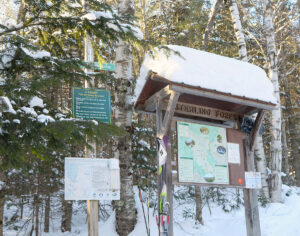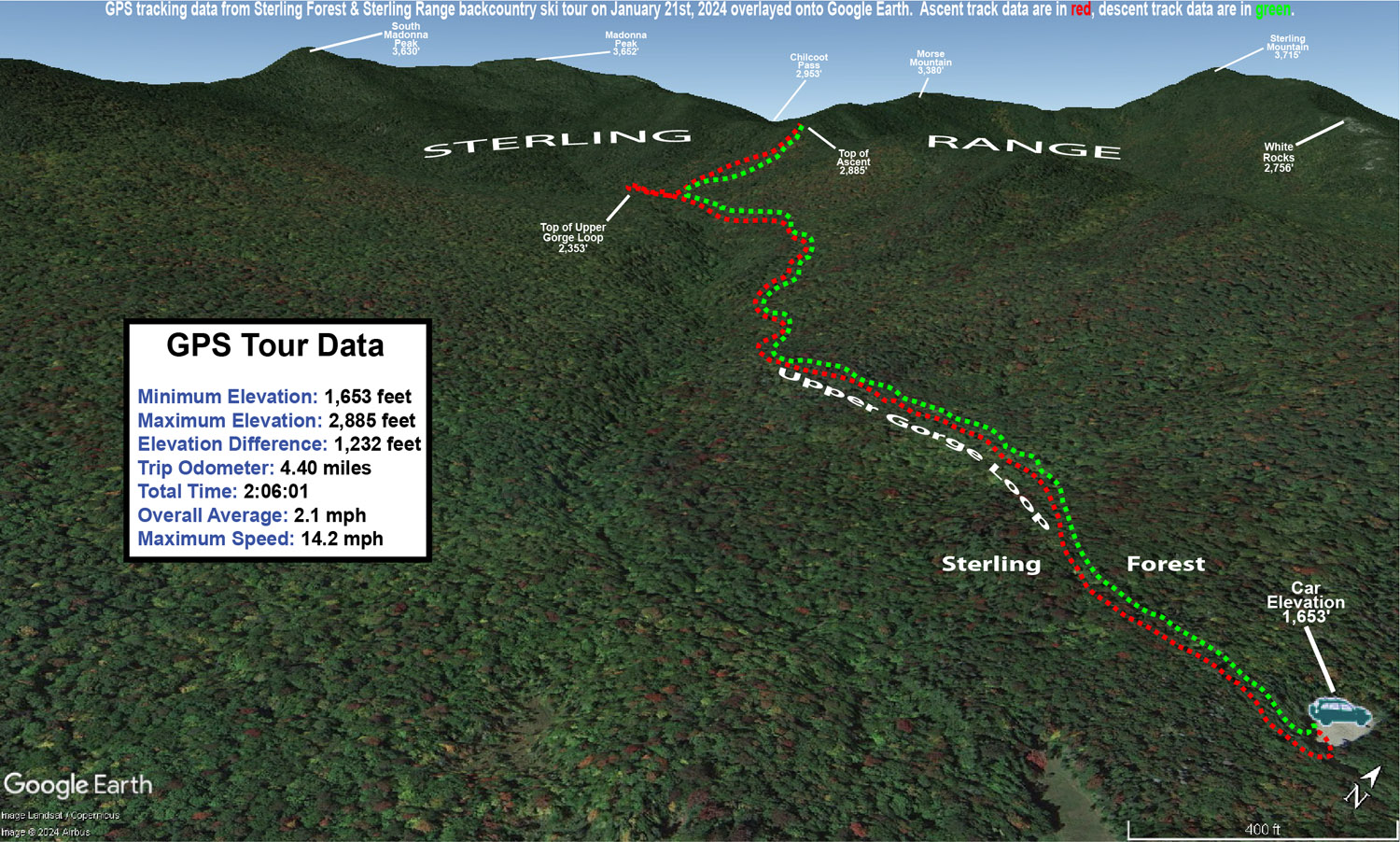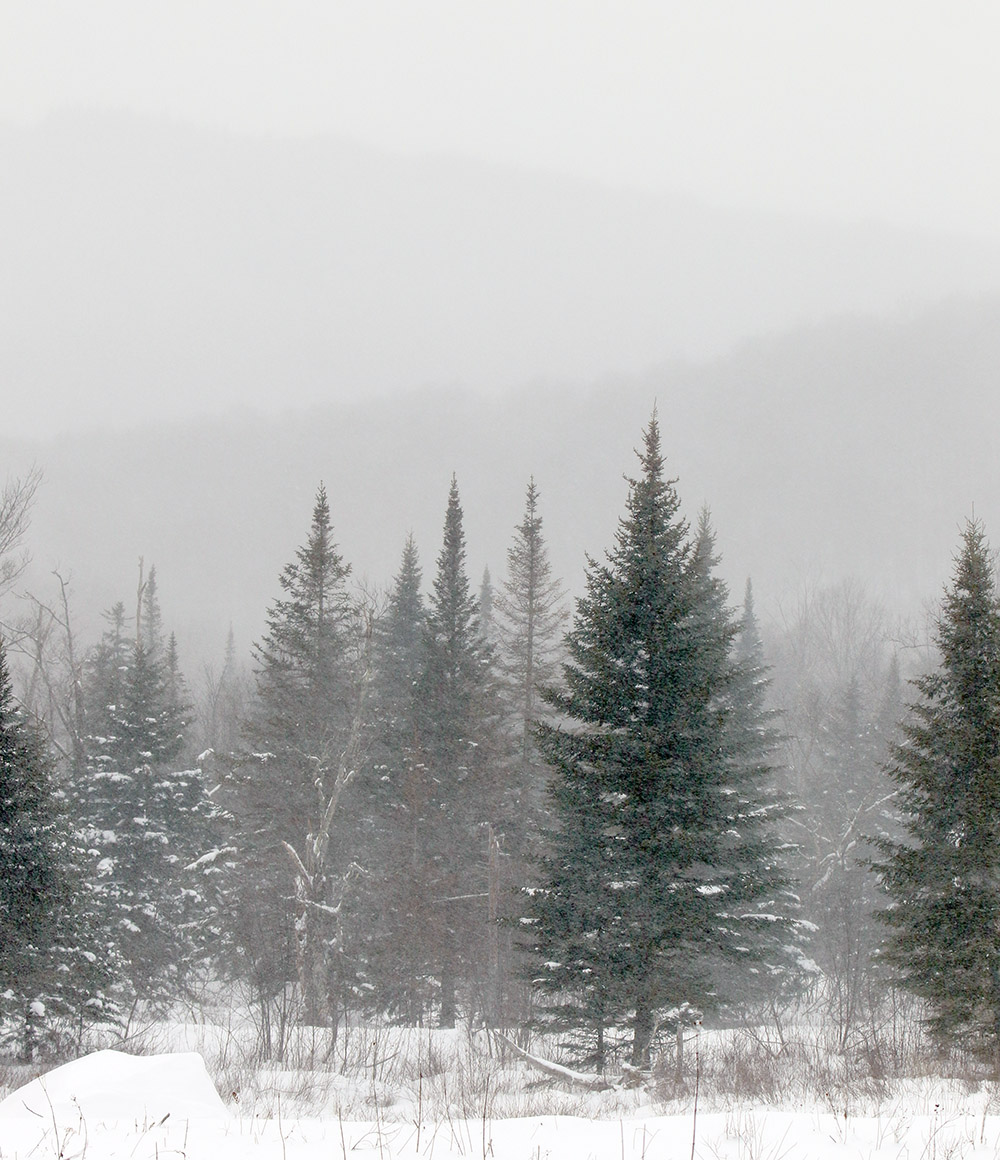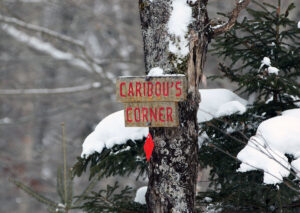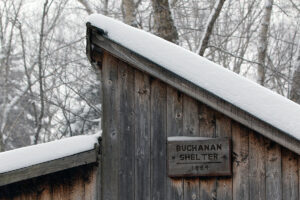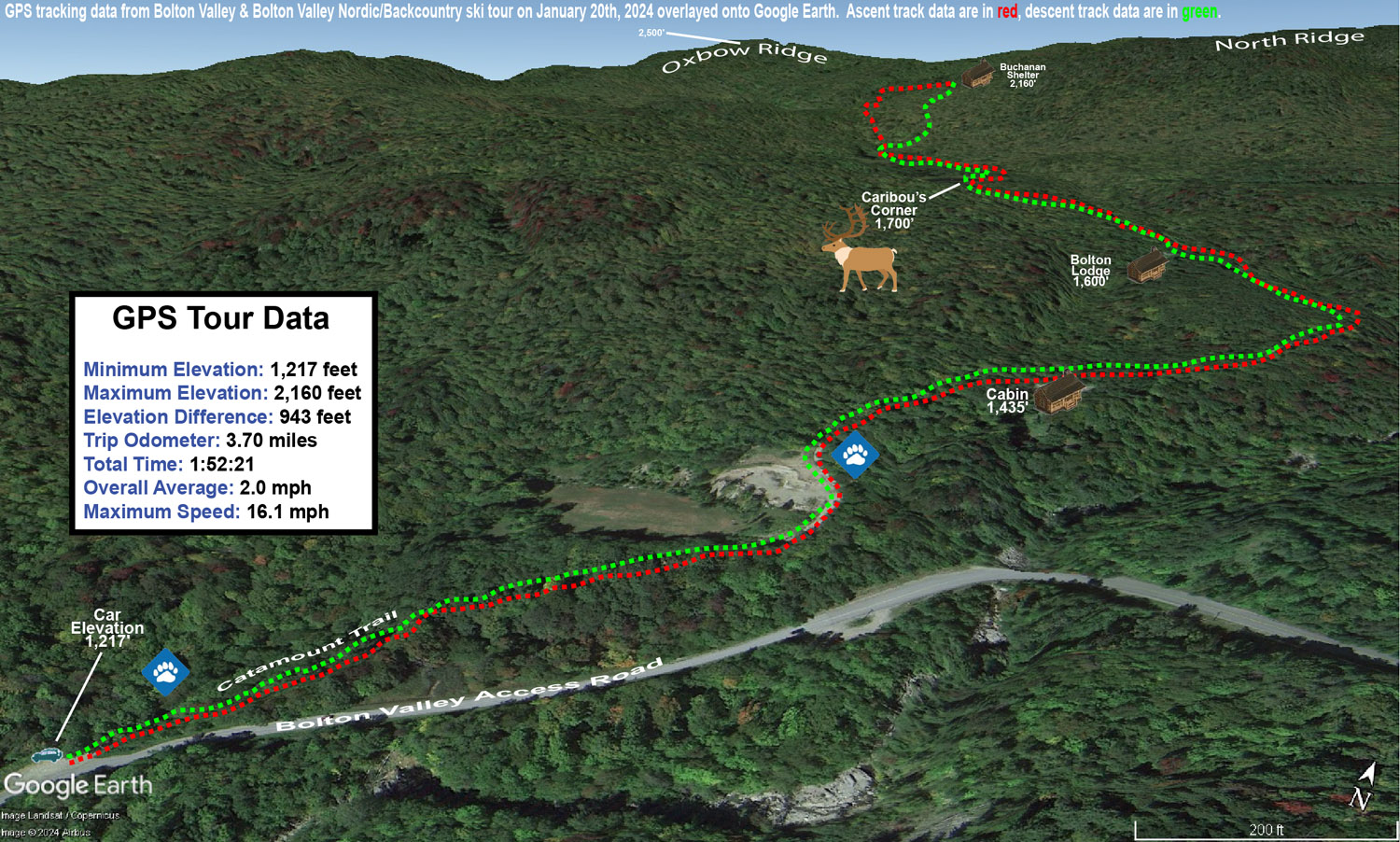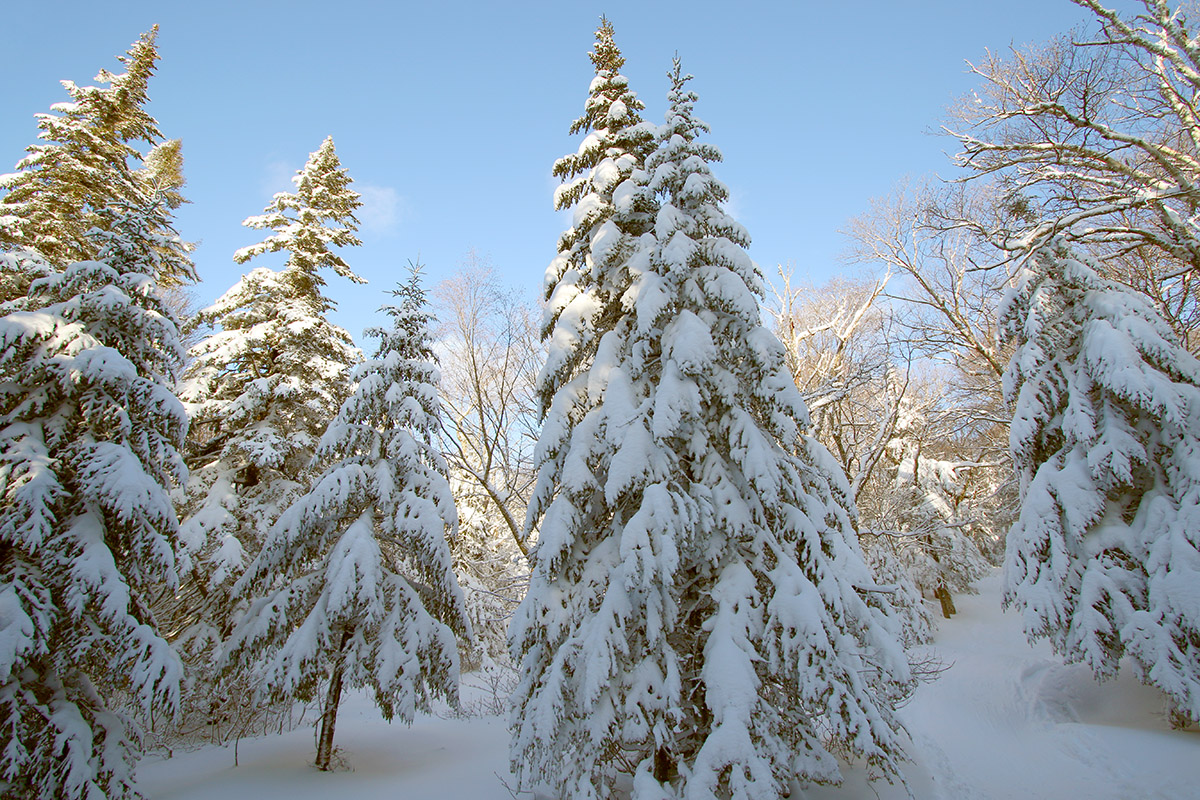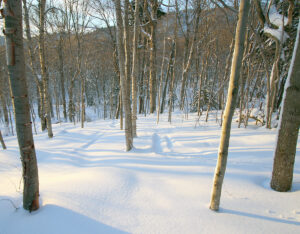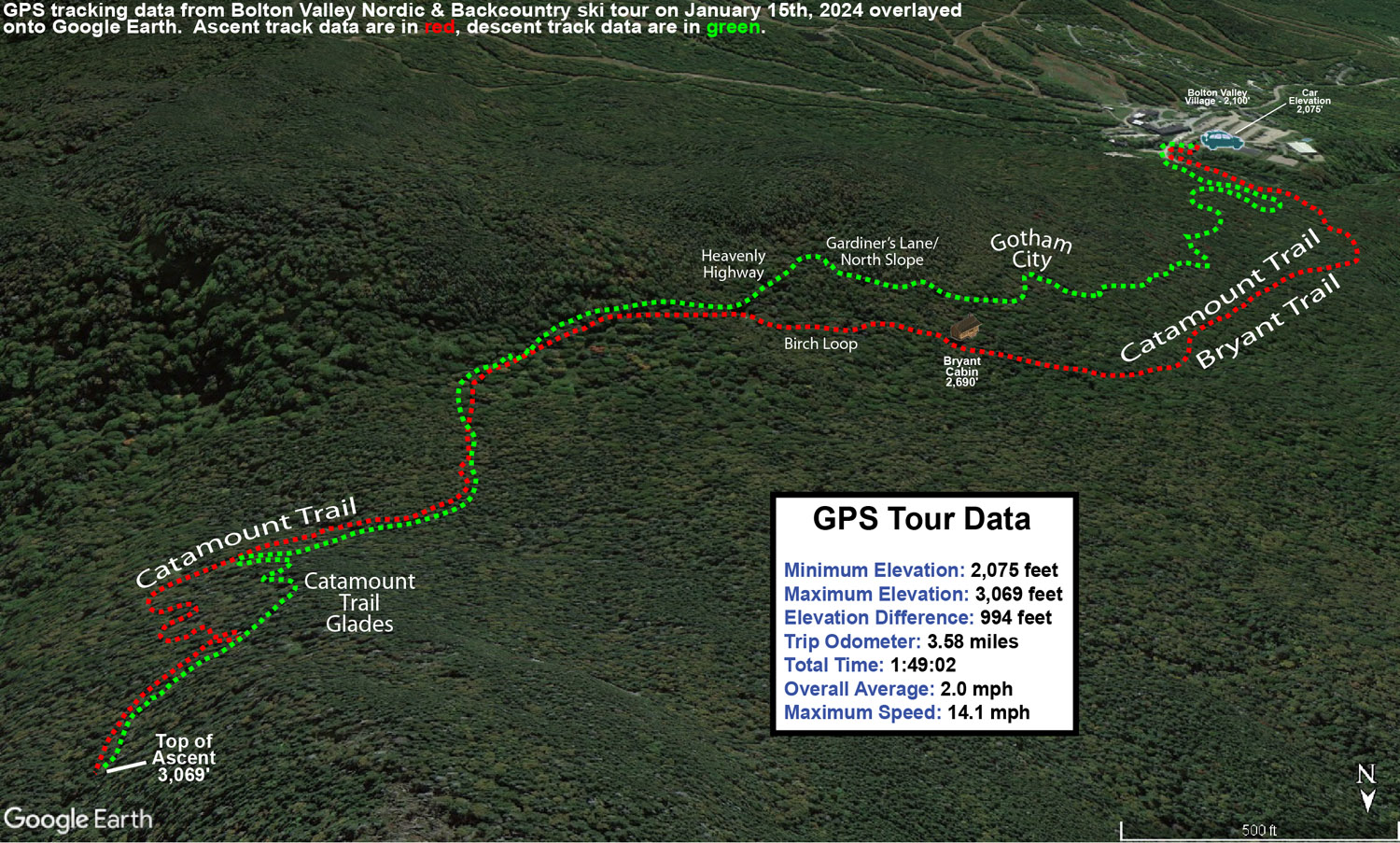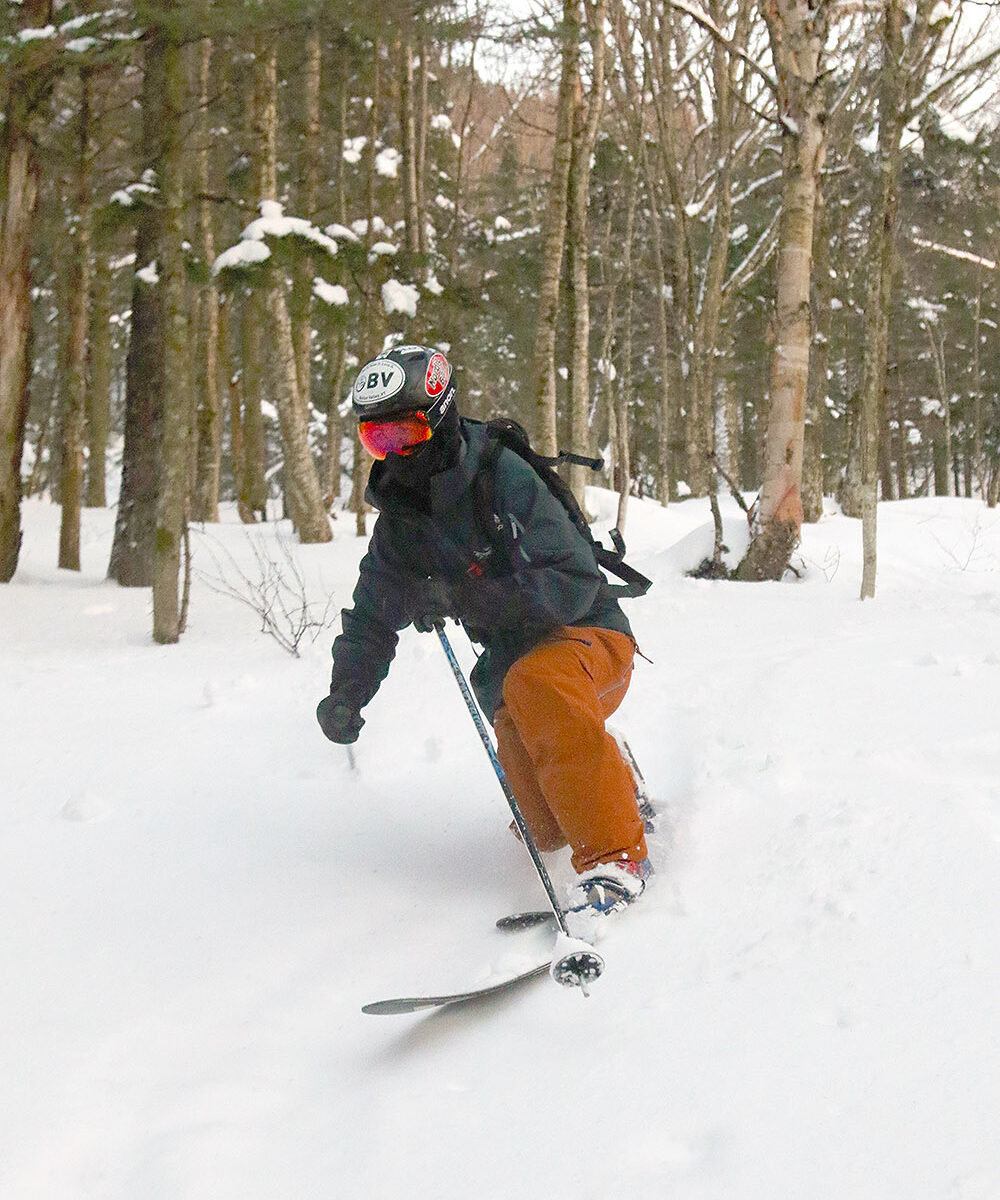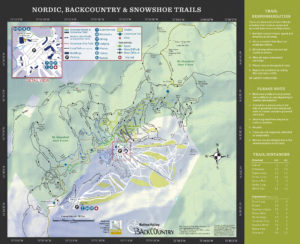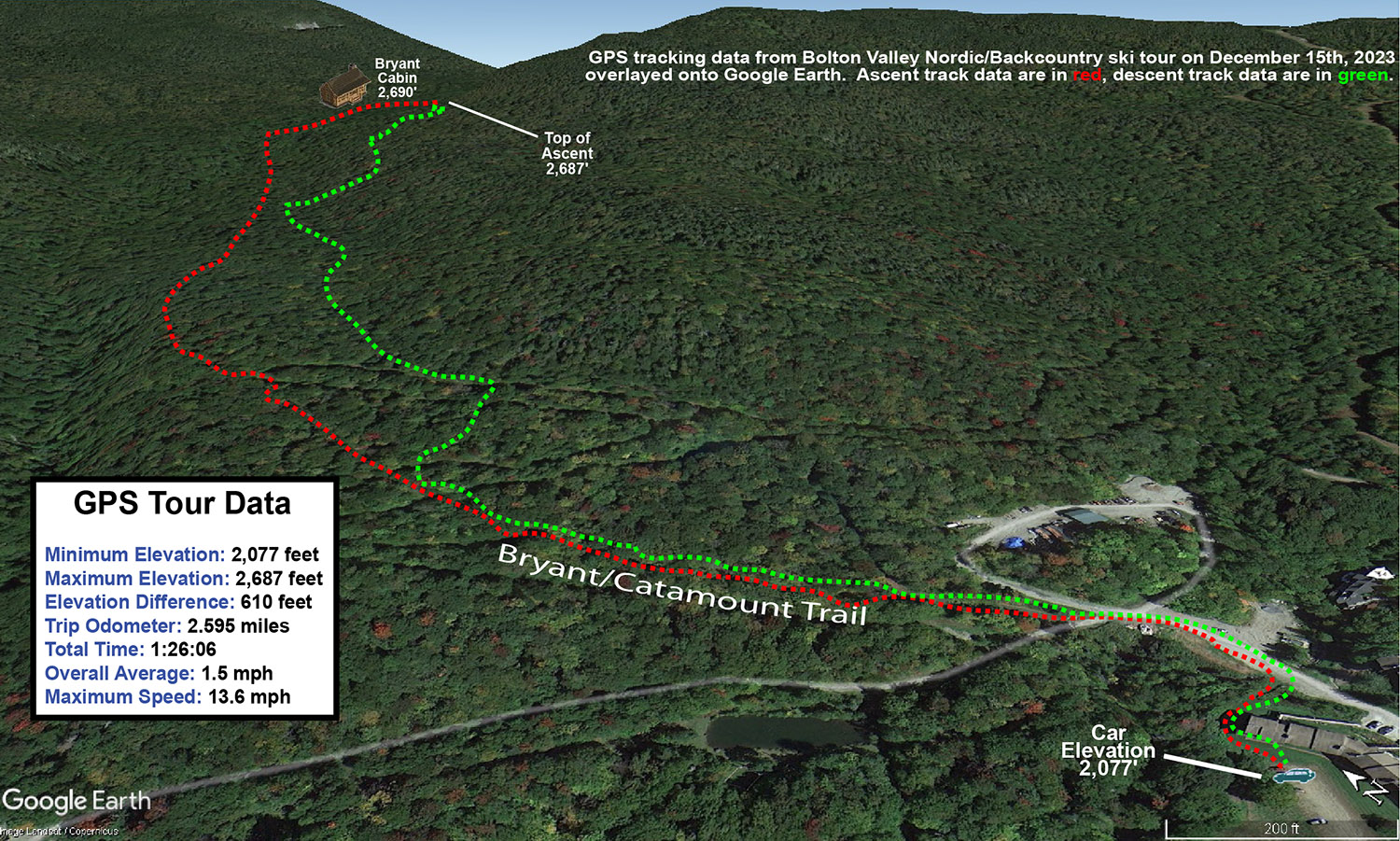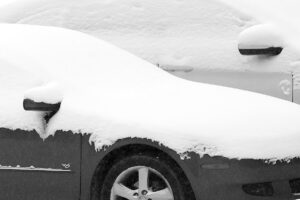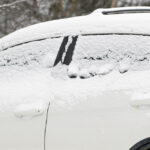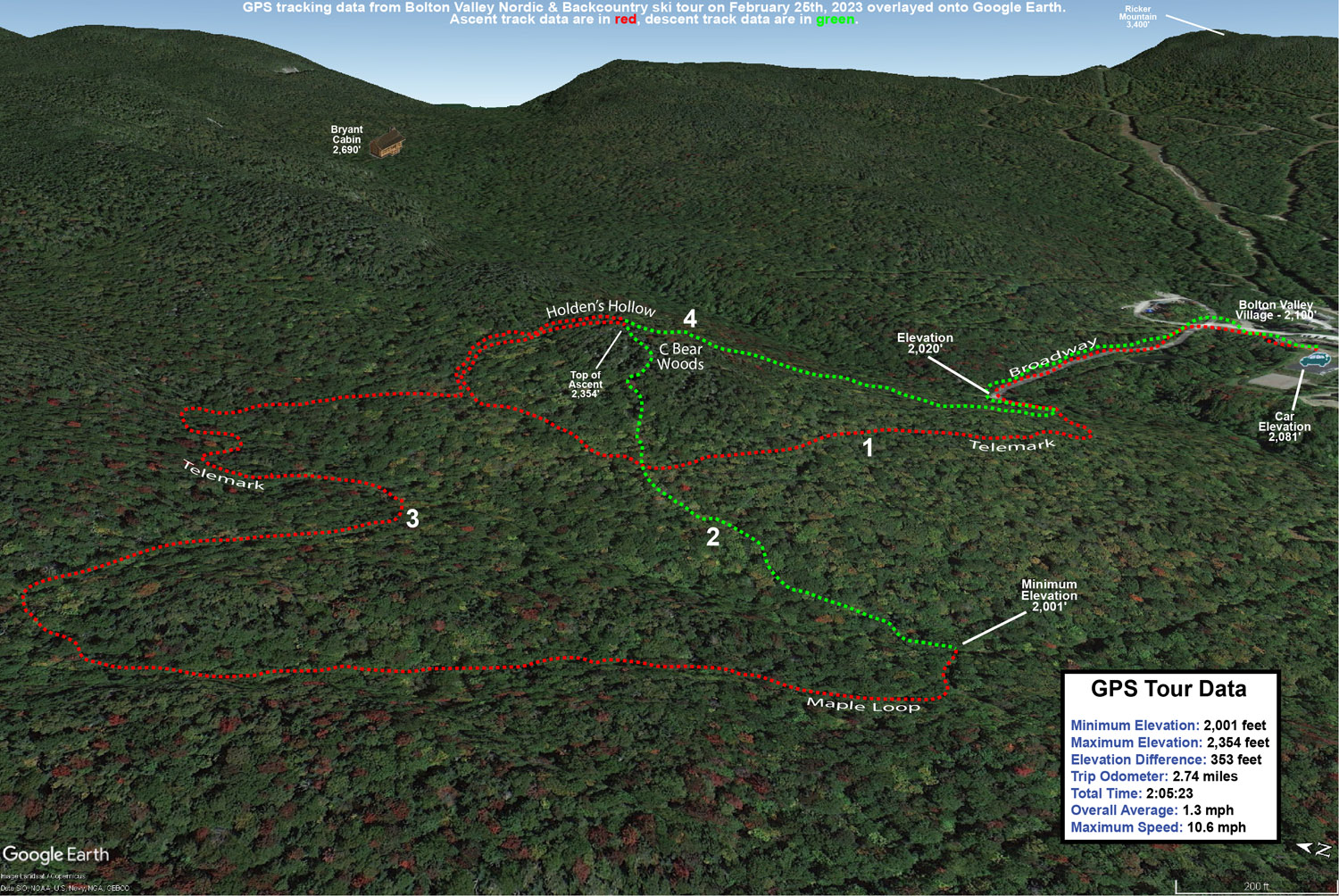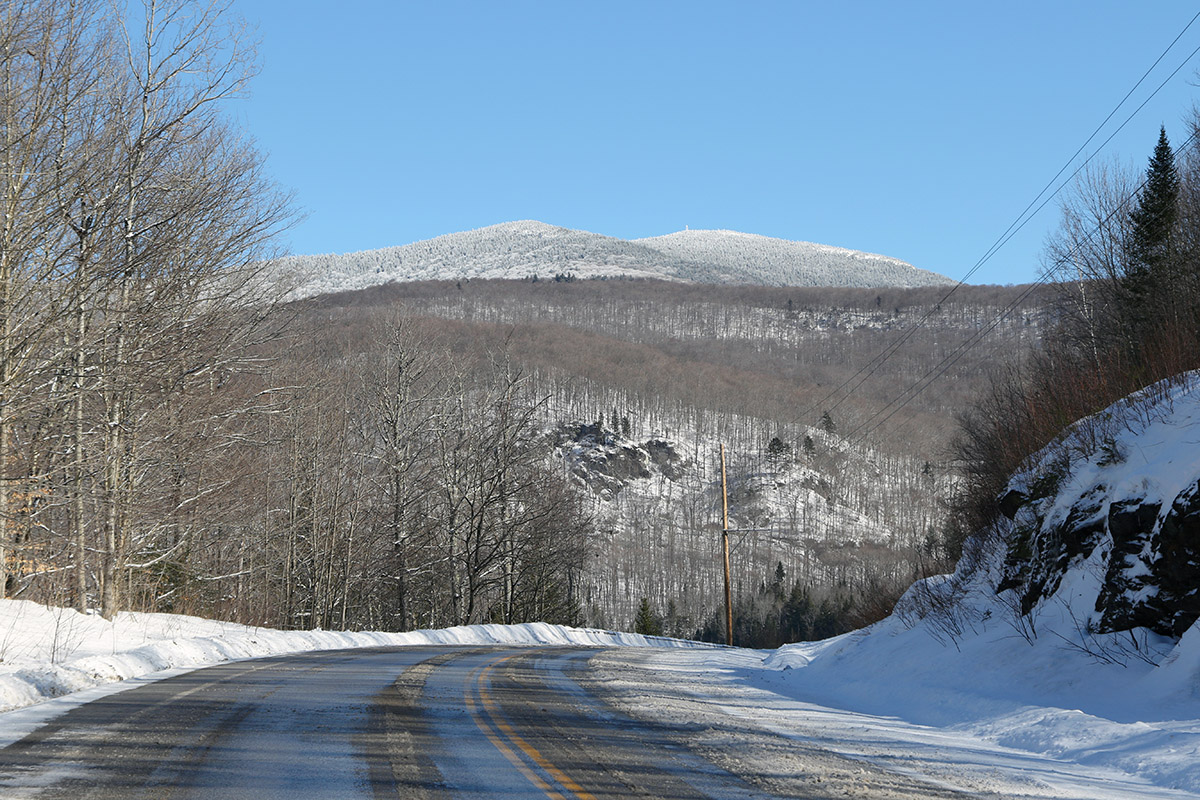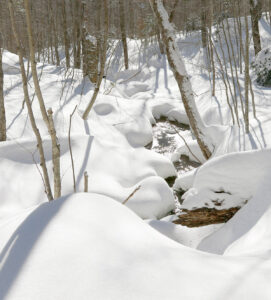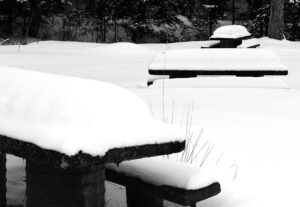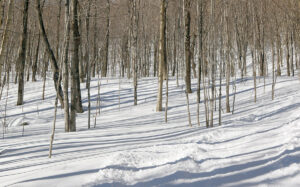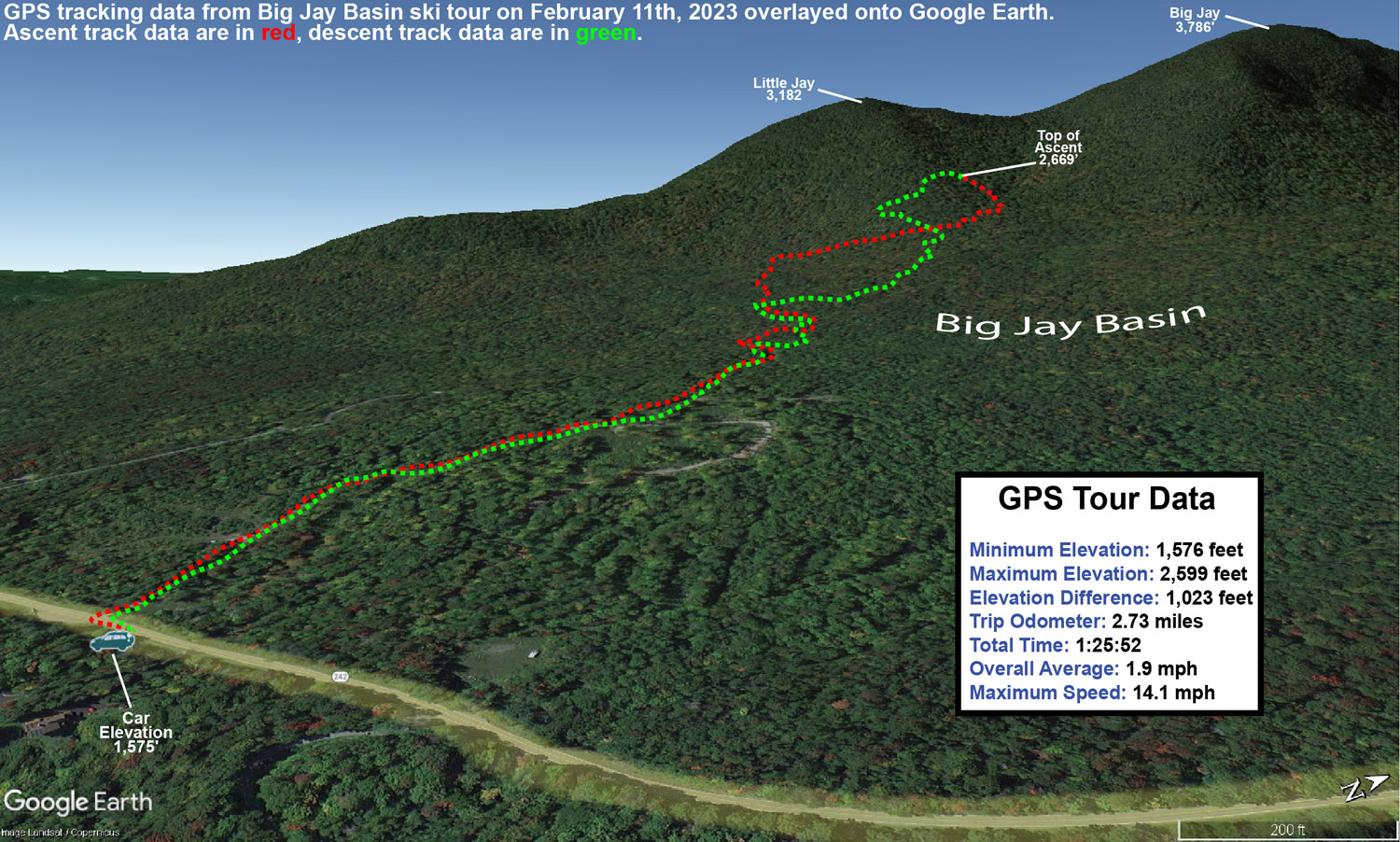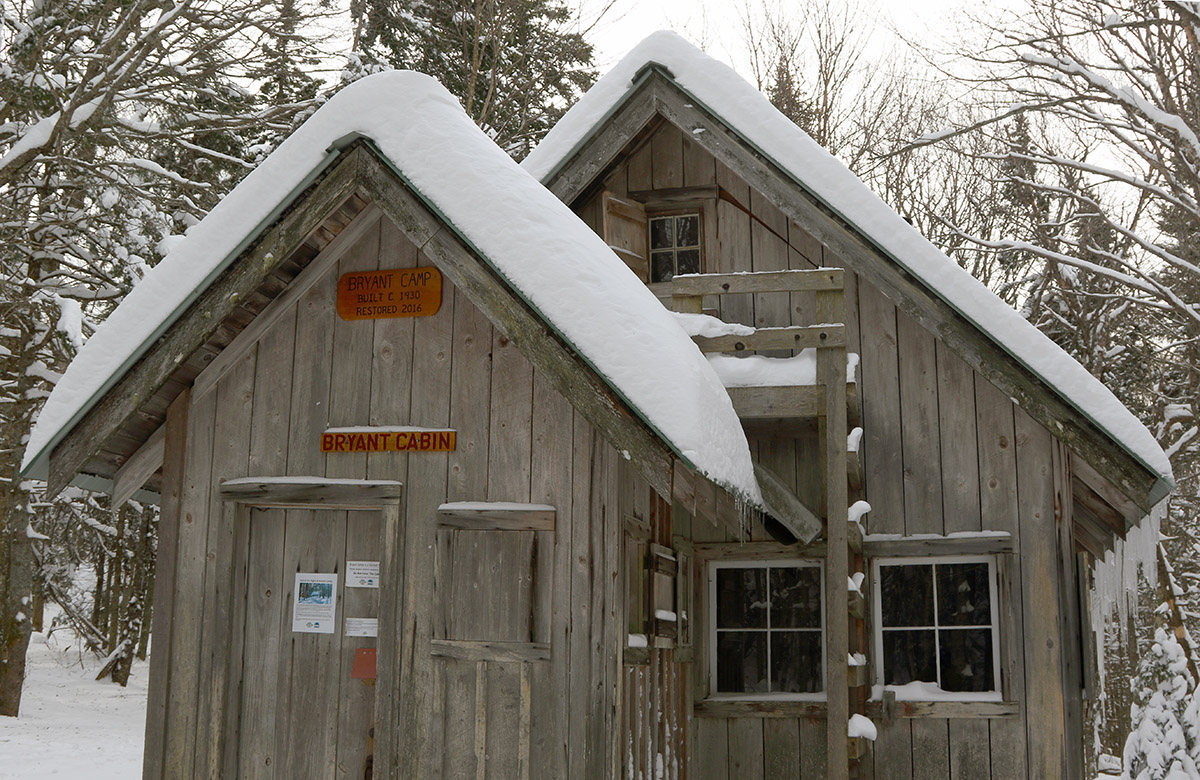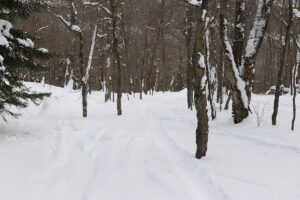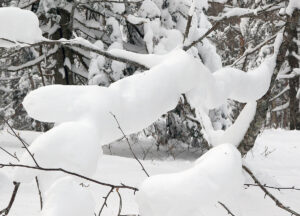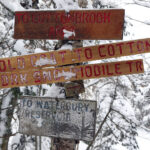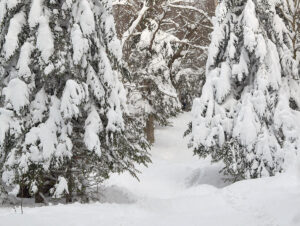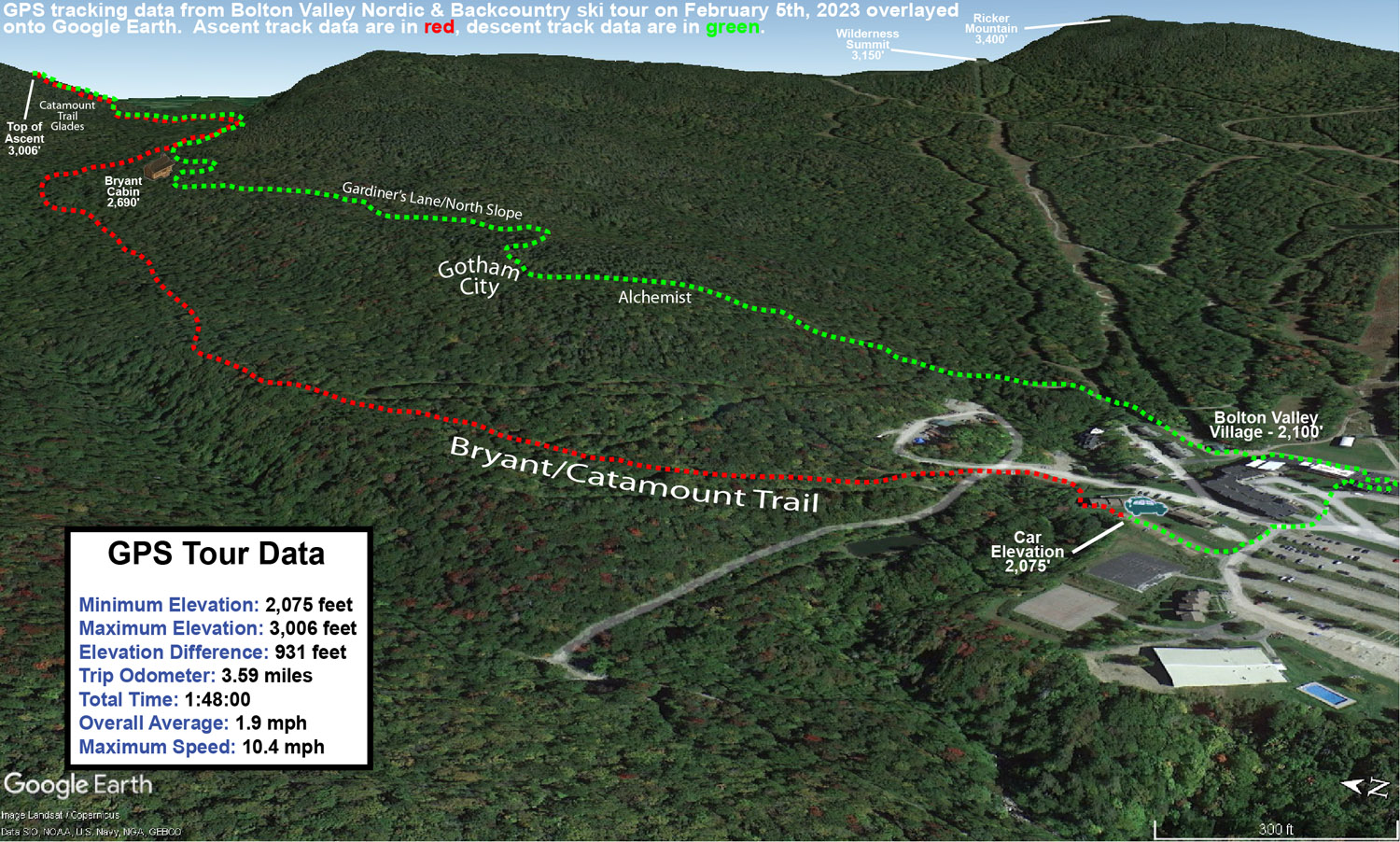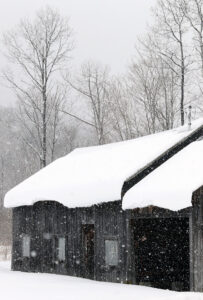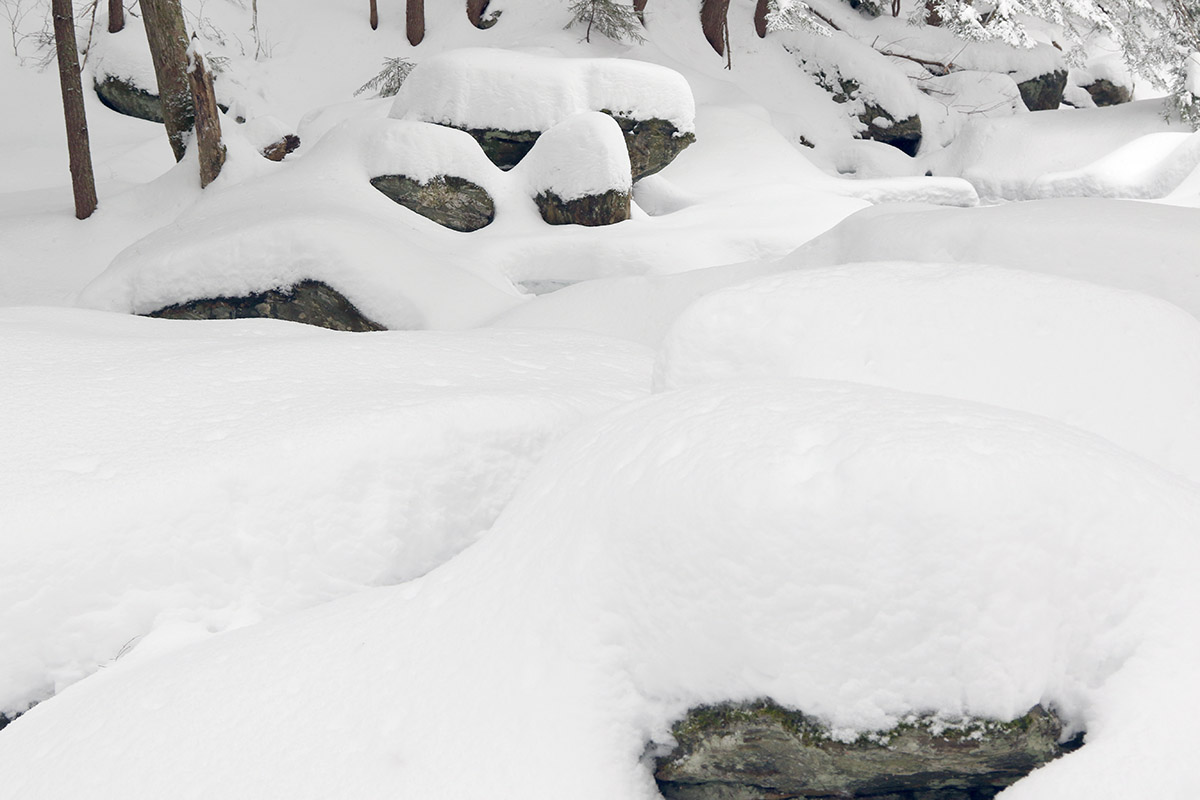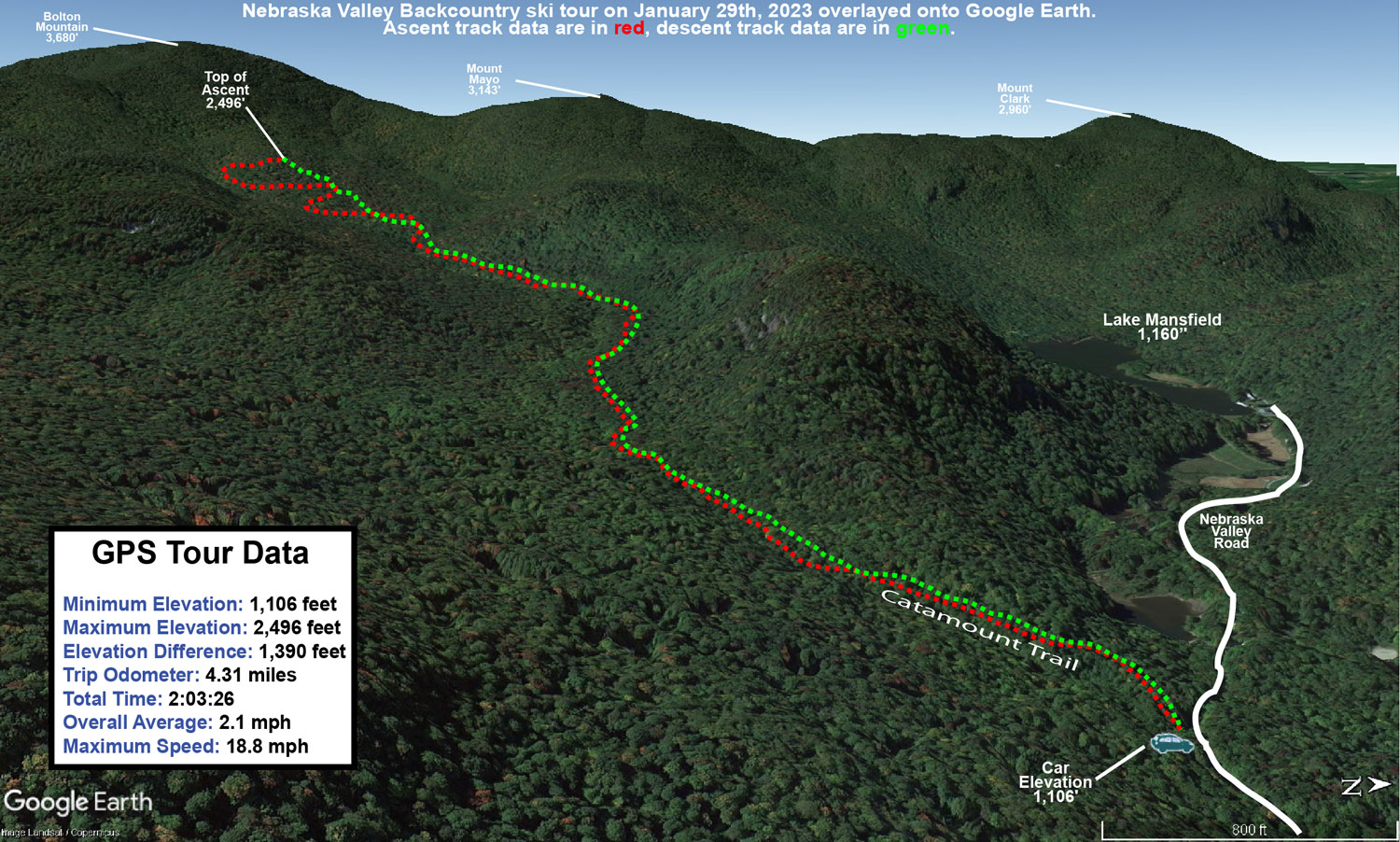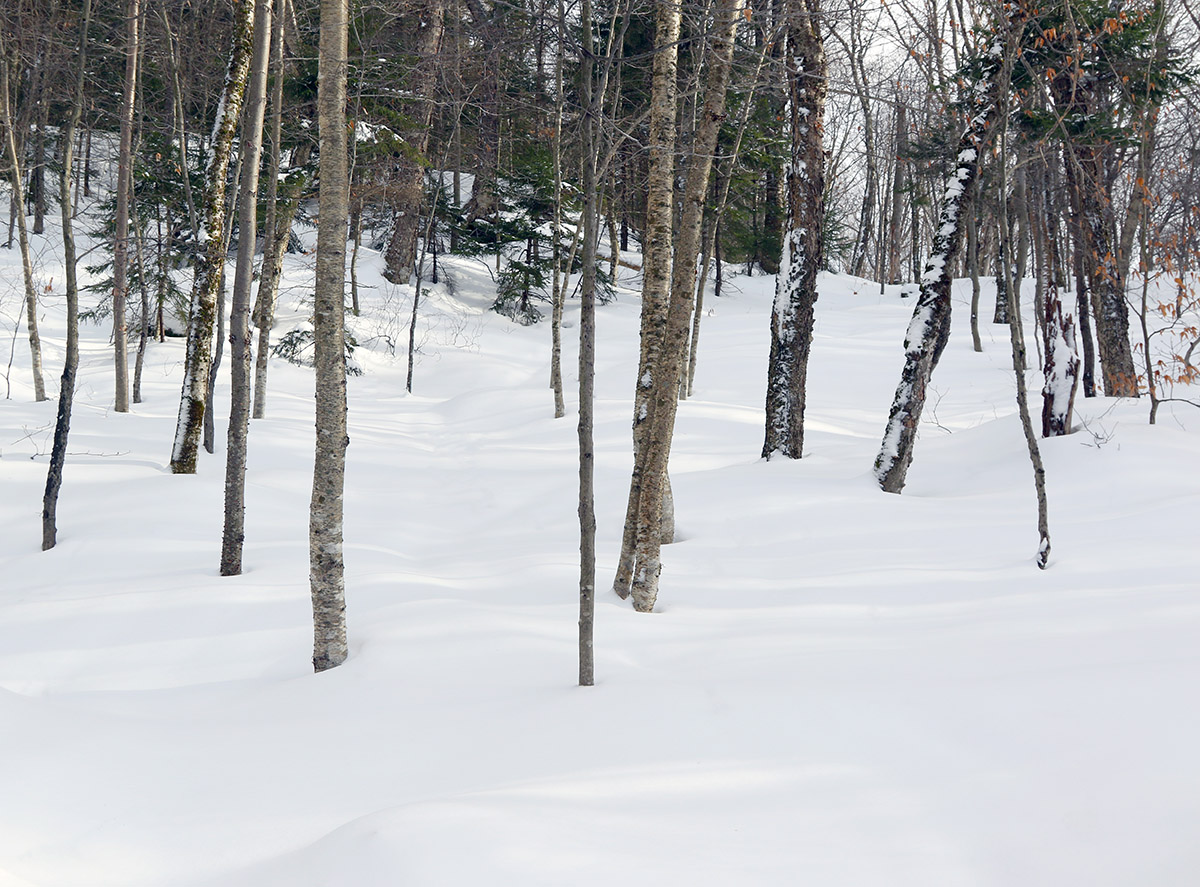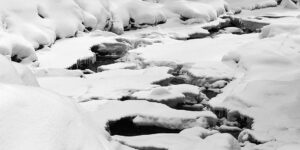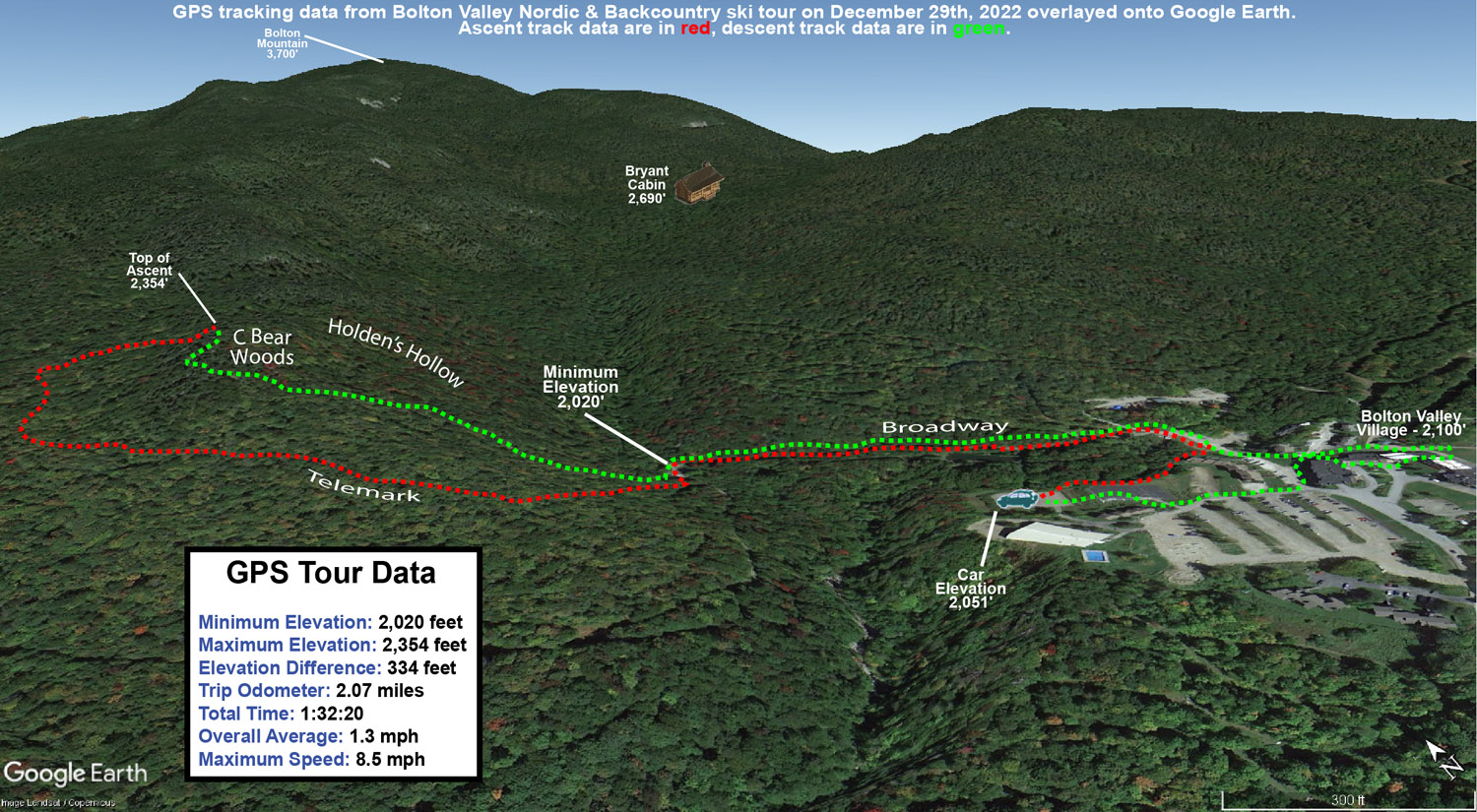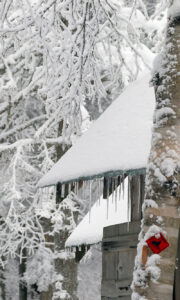
The clipper system that came through the area at the end of the week had been shown in the modeling for quite a while. Some of the earlier runs even suggested the potential for additional upslope snow on the back side of the system, but that component faded in the prognostications as the week wore on, and the system was essentially a clipper passing north of the area. Yesterday morning’s early snow reports of 2 to 3 inches for the Northern Greens resorts were somewhat encouraging, and that was bolstered by PF’s comments from Stowe indicating that the snow wasn’t just fluff – it had some substance to it.
After a consistent run of storm cycles throughout January, we’re in a relatively slow period of snowfall right now. We haven’t had a substantial storm in several days, and it looks like it will be at least a few more until our next one, so this is likely our best immediate window of fresh snow. With that in mind, it seemed like a good day to get our for some turns, so I headed up to Bolton Valley for some touring on the backcountry network.
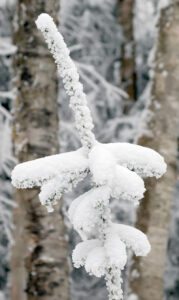
Starting from the Village at around 2,000’, I skinned up past Bryant Cabin to roughly 2,800’ on Heavenly Highway. The new snow depths were very much as advertised, with 2 to 3 inches of powder throughout that entire elevation range. There really wasn’t much increase in the snowfall totals at those elevations where I was touring, but the totals definitely started to tail off below 2,000’. I can’t say exactly how much fell at 1,500’, but it was noticeably less, and once you got below 1,000’ there was no new snow. At some point in the past several days there’s also been some riming in the mountains; you can see the rime on the trees at various elevations throughout the resort.
 With the available snow I stuck to low-angle glades for as much of my descent as possible, and as noted, the new powder had some substance to it so the turns would up being quite decent. On mid-fats I was probably getting 25-50% bottomless turns on terrain with the appropriate pitch. And even when touching down, the turns were still feeling very good because the subsurface has some pliability – it’s certainly dense, but nothing like the sheet of ice that would result from a big rainstorm followed by a refreeze. The base snow is soft enough that you can punch down into the snowpack if you’re not on a floatation device like skis or snowshoes, and I saw numerous signs of this happening where snowboarders or hikers were traversing areas in boots.
With the available snow I stuck to low-angle glades for as much of my descent as possible, and as noted, the new powder had some substance to it so the turns would up being quite decent. On mid-fats I was probably getting 25-50% bottomless turns on terrain with the appropriate pitch. And even when touching down, the turns were still feeling very good because the subsurface has some pliability – it’s certainly dense, but nothing like the sheet of ice that would result from a big rainstorm followed by a refreeze. The base snow is soft enough that you can punch down into the snowpack if you’re not on a floatation device like skis or snowshoes, and I saw numerous signs of this happening where snowboarders or hikers were traversing areas in boots.
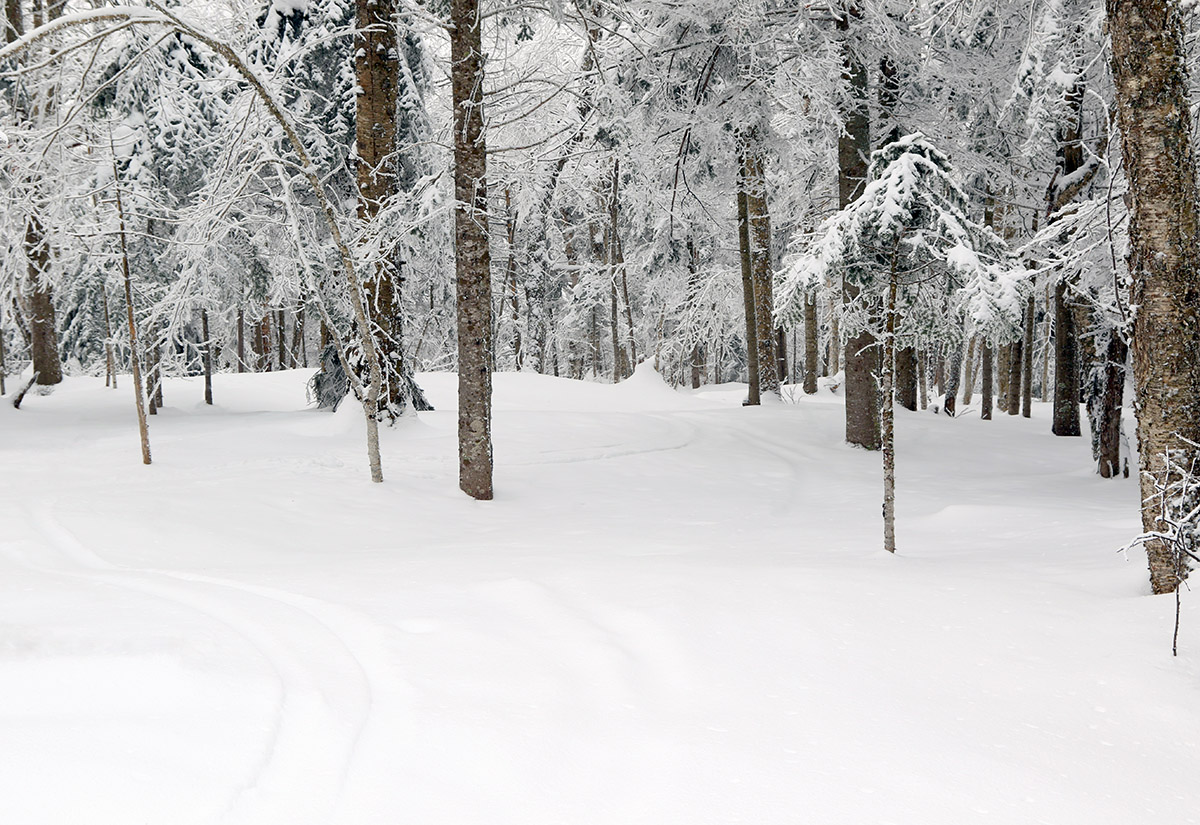
For the last part of my tour on the backcountry network I worked my way along Gardiner’s Lane and made good use of the low-angle terrain there. In many areas I was able to explore lines that you often can’t hit because the powder is too deep to sustain good momentum, but they were great today, so I experienced a lot of new sections of the network that I often breeze past.

I connected onto the alpine trails at Lower Turnpike for the last part of my tour, and let’s just say, if you didn’t get out for lift-served turns around here today, you’re really not missing anything. Lower Turnpike typically maintains some of the highest quality snow on the alpine trails because of relatively low skier traffic, modest pitch, and good protection from the wind. Even there, the surface was firm unless I was able to get into the untracked powder off to the sides, and if the snow is firm on Lower Turnpike you know it’s going to be very rough elsewhere. I don’t actually have to imagine what the conditions were like on the main trails though, because some friends sent us video of their son snowboarding today, and the sound of his board on the snow was excruciating. That’s probably going to be a common situation until the next substantial storm comes into the area or it gets very warm, so we’ll be looking for Mother Nature to get another good winter storm system through here as soon as possible.
